When most people think of chemotherapy, they picture modern hospitals, infusion rooms, and the long battle against cancer. What they rarely imagine is its surprising and tragic origin the battlefields of World War I. In one of history’s most ironic turns, a deadly chemical weapon once used to destroy lives ended up becoming the foundation for saving them. The story of how mustard gas led to the development of chemotherapy is a powerful reminder that even in the darkest of moments, hope can emerge.
This transformation from war to healing didn’t happen overnight. It began with suffering, experimentation, and a bold question: if mustard gas could stop cells from dividing, could that same ability be used to halt the growth of cancer?
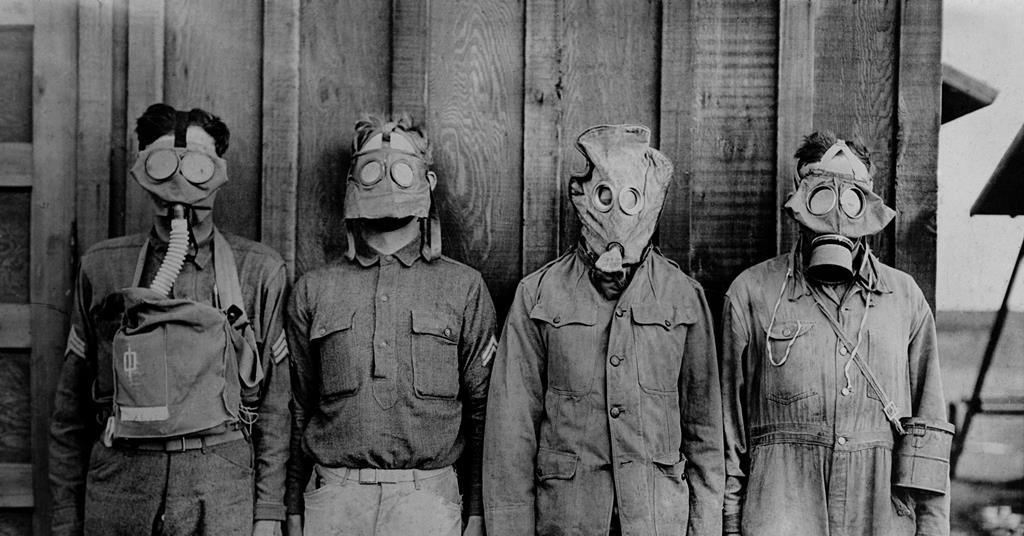
Mustard Gas and Its Deadly Power
During World War I, mustard gas became one of the most feared weapons used in trench warfare. It wasn’t instantly fatal like bullets or bombs, but its effects were devastating. The gas blistered skin, damaged lungs, and silently attacked the body’s internal systems. One of the more puzzling discoveries about mustard gas exposure was its impact on white blood cells a key part of the immune system. Soldiers exposed to the gas often experienced drastically reduced white blood cell counts.
This detail caught the attention of scientists. If mustard gas could kill rapidly dividing immune cells, could it also target other rapidly dividing cells like those in tumors?
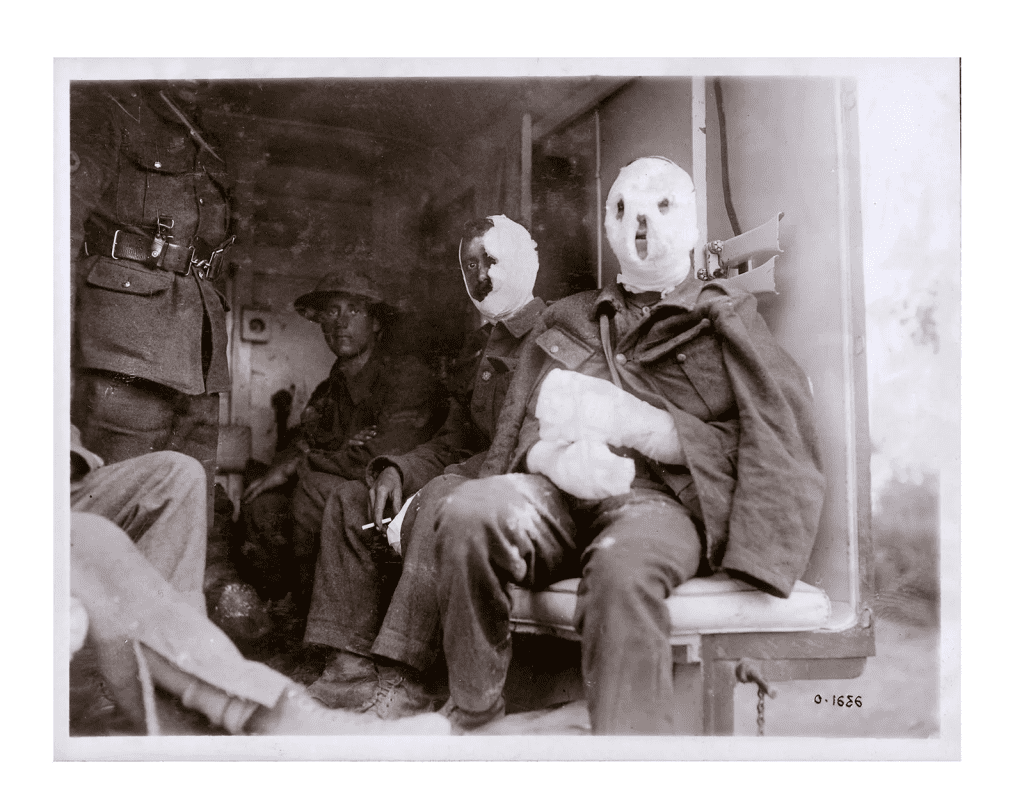
A Medical Experiment That Changed Everything
In the early 1940s, as World War II raged on, researchers at Yale University took a chance on this theory. Dr. Louis Goodman and Dr. Alfred Gilman began studying a more refined, less toxic version of mustard gas, known as nitrogen mustard. Their hypothesis was daring but simple: introduce this compound into the body to selectively attack fast-growing cancer cells, especially in lymphomas and leukemias.
Video:
Chemotherapy was invented from WWI mustard gas
In 1942, they got their opportunity. A patient with advanced non-Hodgkin’s lymphoma, whose tumors had left doctors with no options, agreed to undergo experimental treatment with the chemical. What happened next stunned everyone. The patient’s tumors began to shrink.
Though the remission was temporary, it was a medical first the first documented instance of a cancer responding to a chemical treatment. For the first time, it seemed possible that cancer could be treated not just with surgery or radiation, but with drugs designed to target the disease at a cellular level.
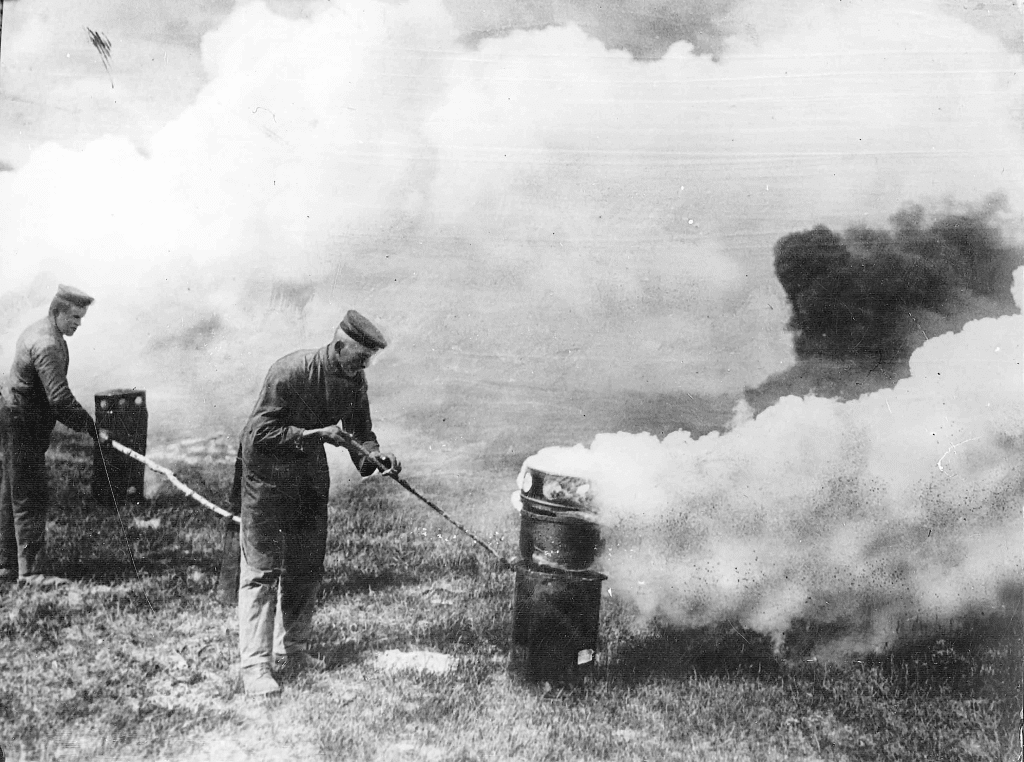
The Birth of Chemotherapy as We Know It
The results of that first experiment encouraged further trials, and soon after, the U.S. Food and Drug Administration approved the first chemotherapy drug. It was a historic step forward in the fight against cancer. What began as a chemical weapon was now being repurposed as a tool for healing.
Throughout the 1950s and 1960s, scientists continued to develop new chemotherapy agents, often by studying other naturally toxic substances and adapting them to target cancer cells. These efforts led to a wide variety of drugs used today in combination therapies that attack cancer from multiple angles.
The irony remained: substances once designed for destruction were now being used to prolong life.
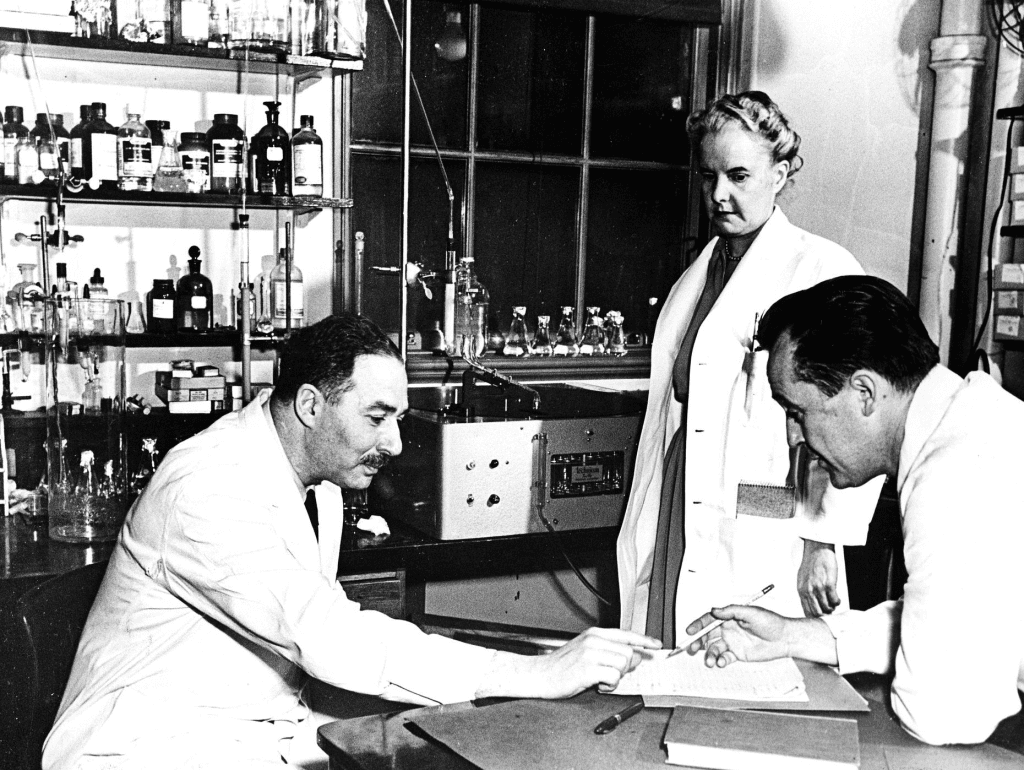
Impact on Modern Cancer Treatment
Today, chemotherapy is one of the most widely used forms of cancer treatment. While not a cure for all cancers, it is an essential weapon in the oncologist’s arsenal, used in conjunction with surgery, radiation, immunotherapy, and targeted treatments. Chemotherapy has helped millions of patients extend their lives, go into remission, and, in some cases, beat cancer entirely.
Video:
How MUSTARD GAS could cure CANCER #shorts
Its development opened the door to a new era in medicine one where researchers understood the potential of harnessing chemical agents to control diseases on a cellular level.
A Story of Transformation and Hope
The journey from mustard gas to modern medicine is not just a tale of scientific progress, but a story of transformation. It’s a reminder that tragedy can sometimes give rise to hope, and that even the most destructive tools can be redirected toward healing.
The pioneers at Yale didn’t just repurpose a weapon. They reshaped how we think about medicine. They took a compound born in war and imagined it as a bridge to peace peace for the body, peace for families, and peace for those facing one of the toughest diagnoses imaginable.
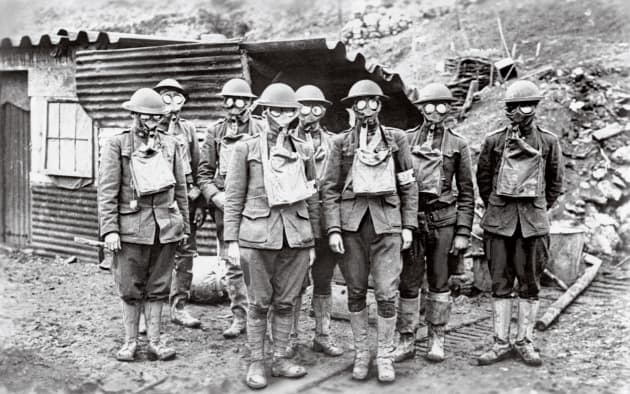
Conclusion: From War’s Shadow to a Life-Saving Light
The birth of chemotherapy stands as one of the most unexpected and inspiring stories in medical history. What began as a horror of war evolved into a global force for healing. Thanks to bold thinking, rigorous science, and a willingness to try something new, what once harmed thousands on the battlefield now helps millions in hospitals around the world.
It is a testament to human ingenuity that even from destruction, we can build something that heals.


